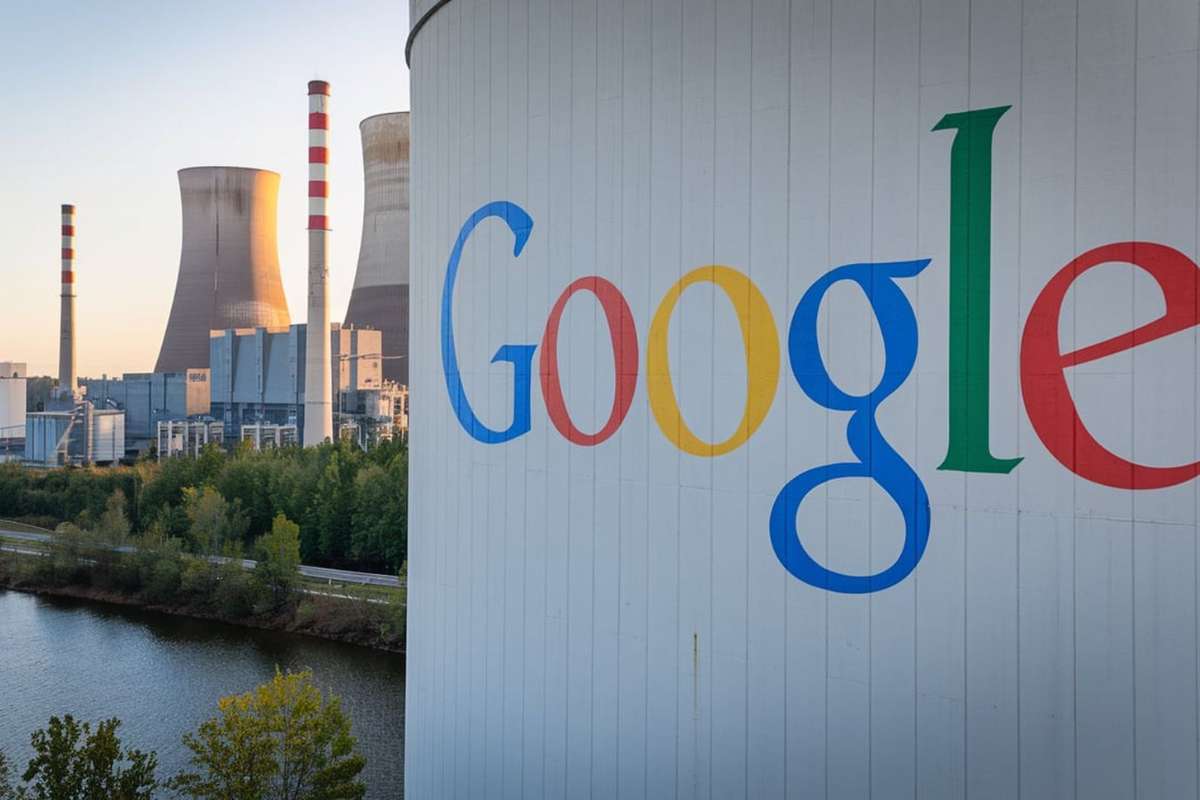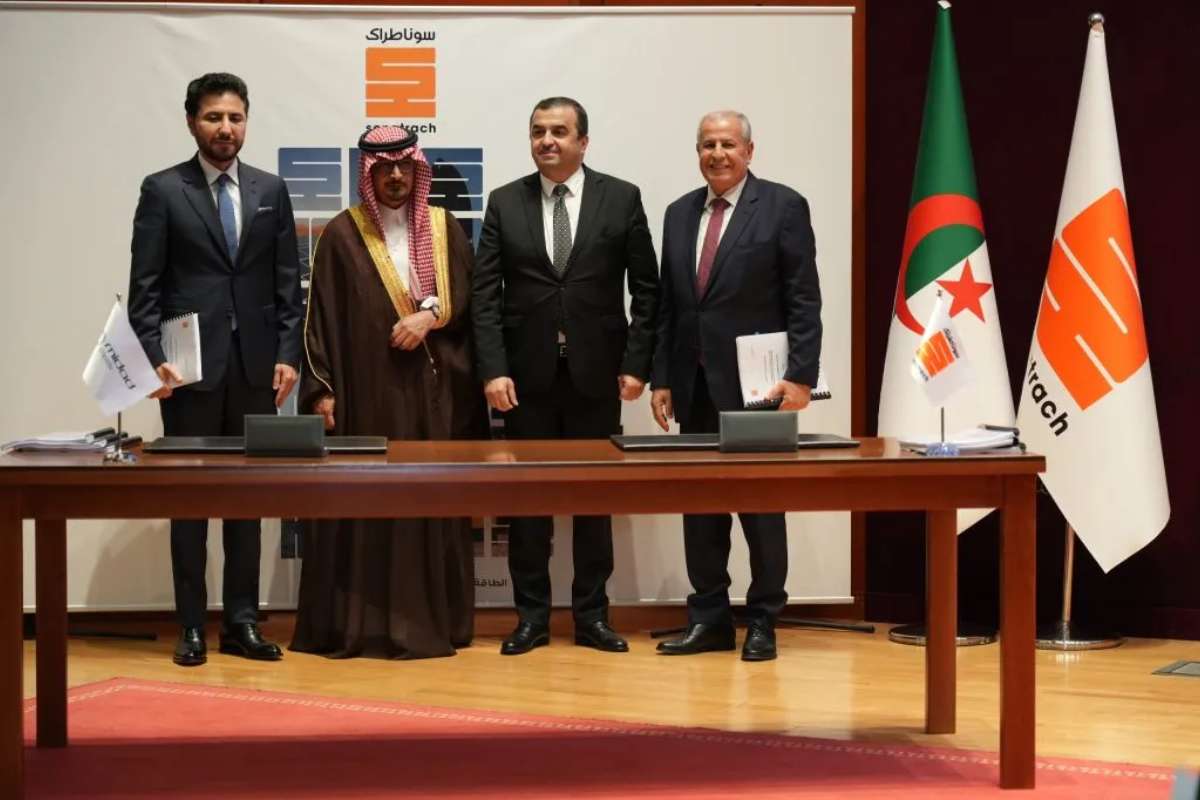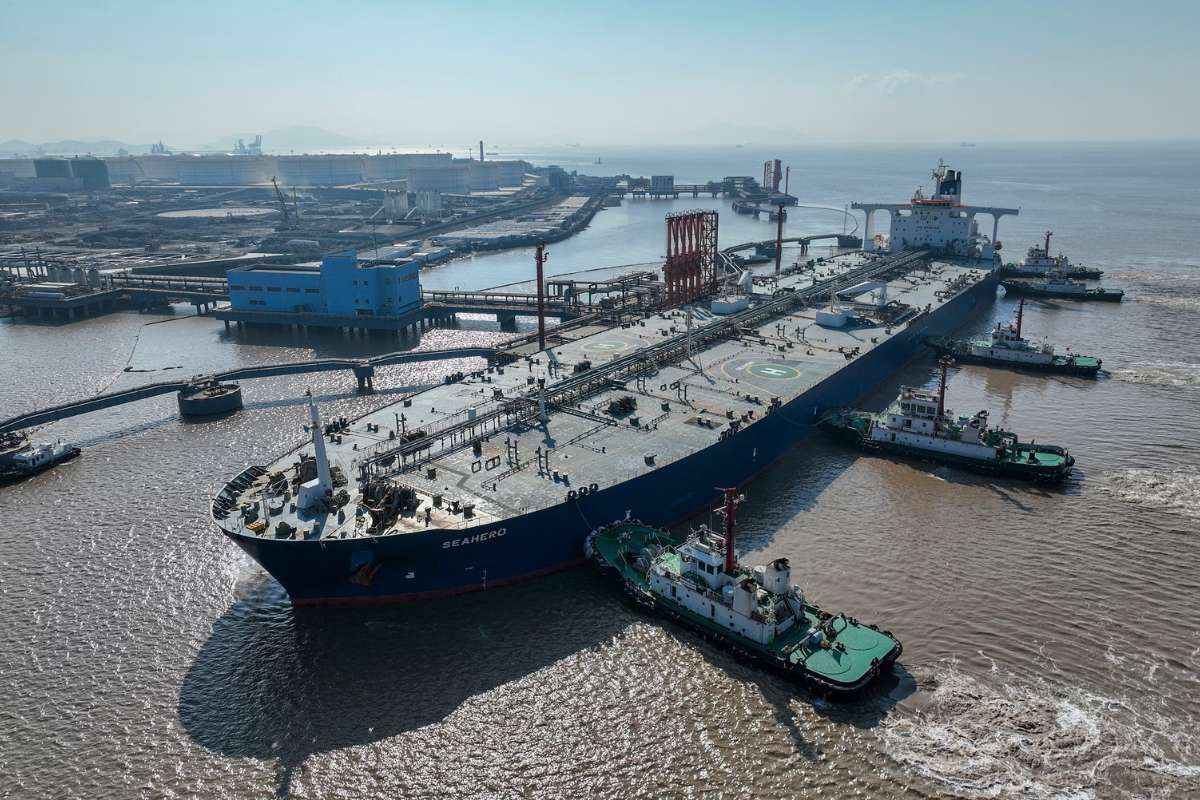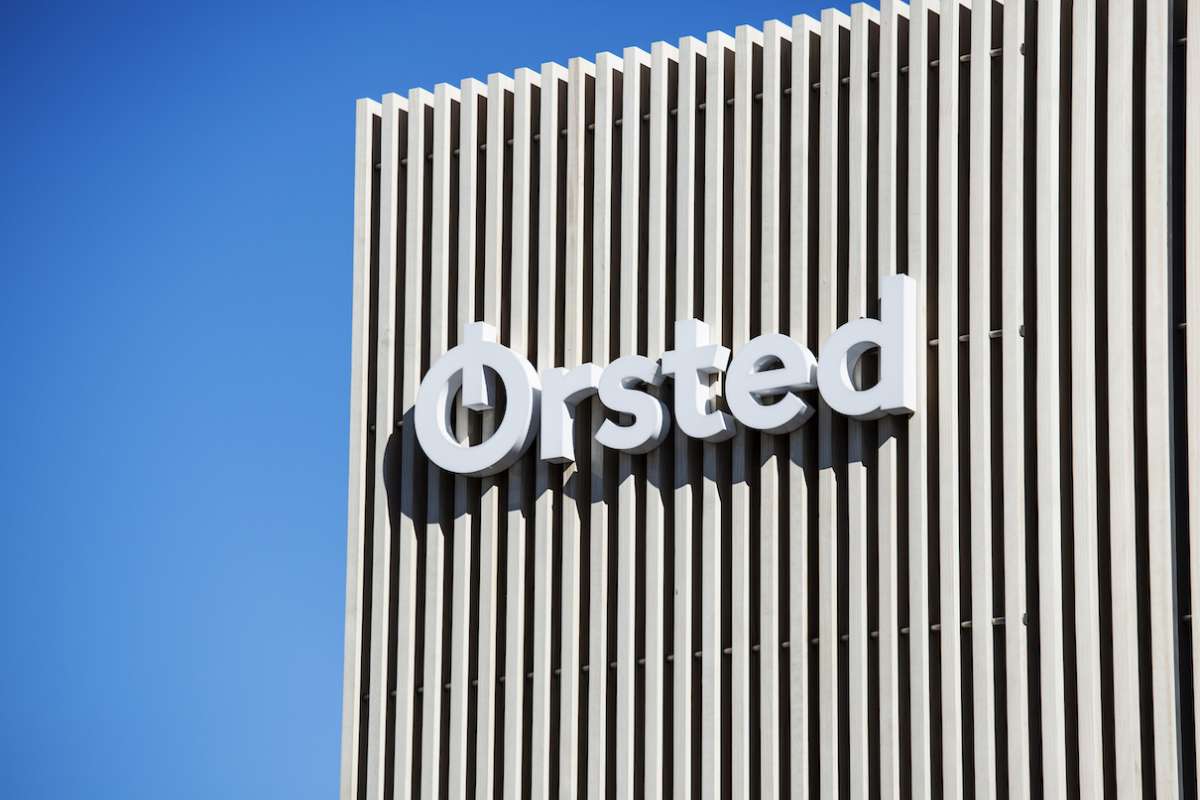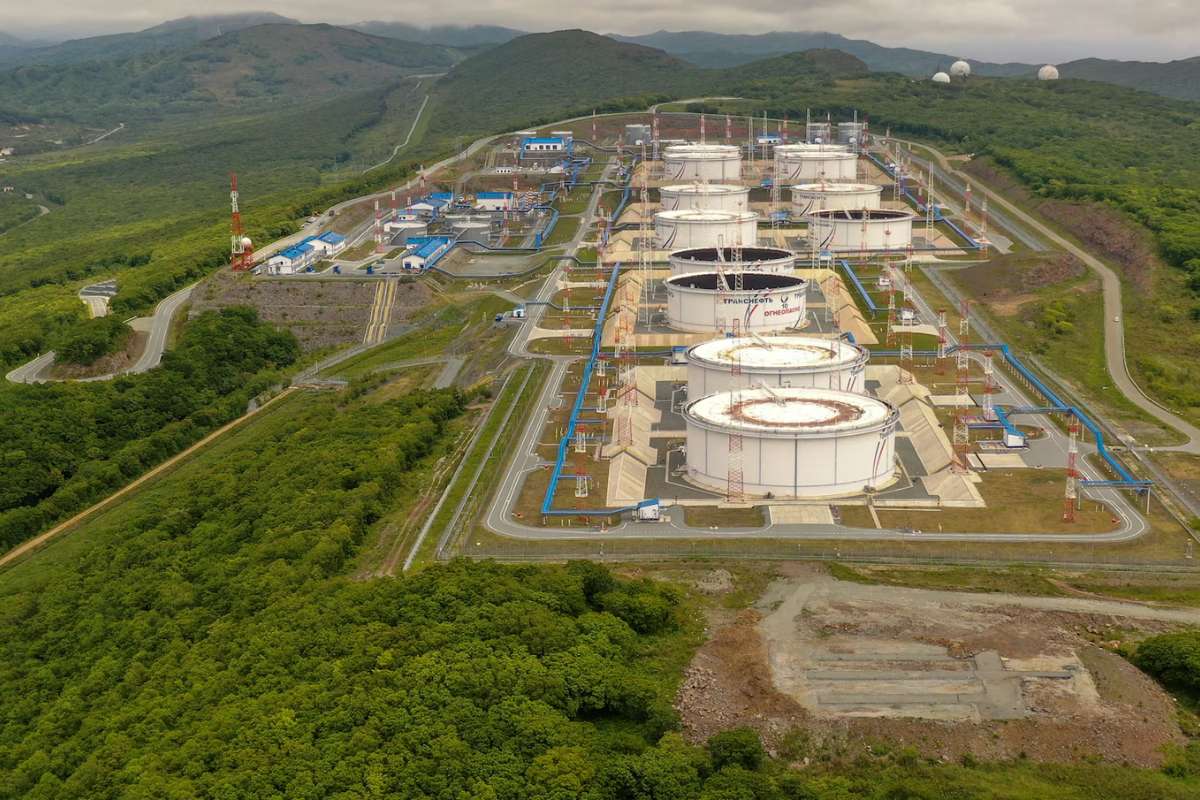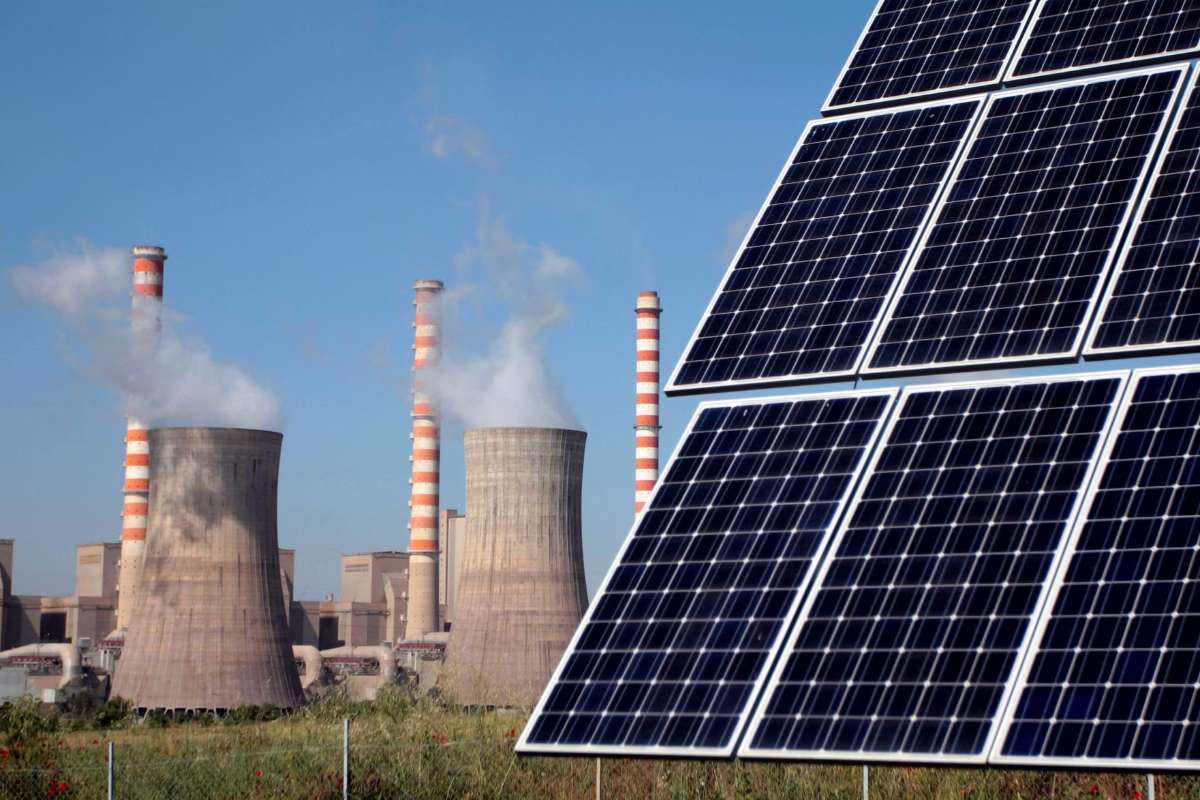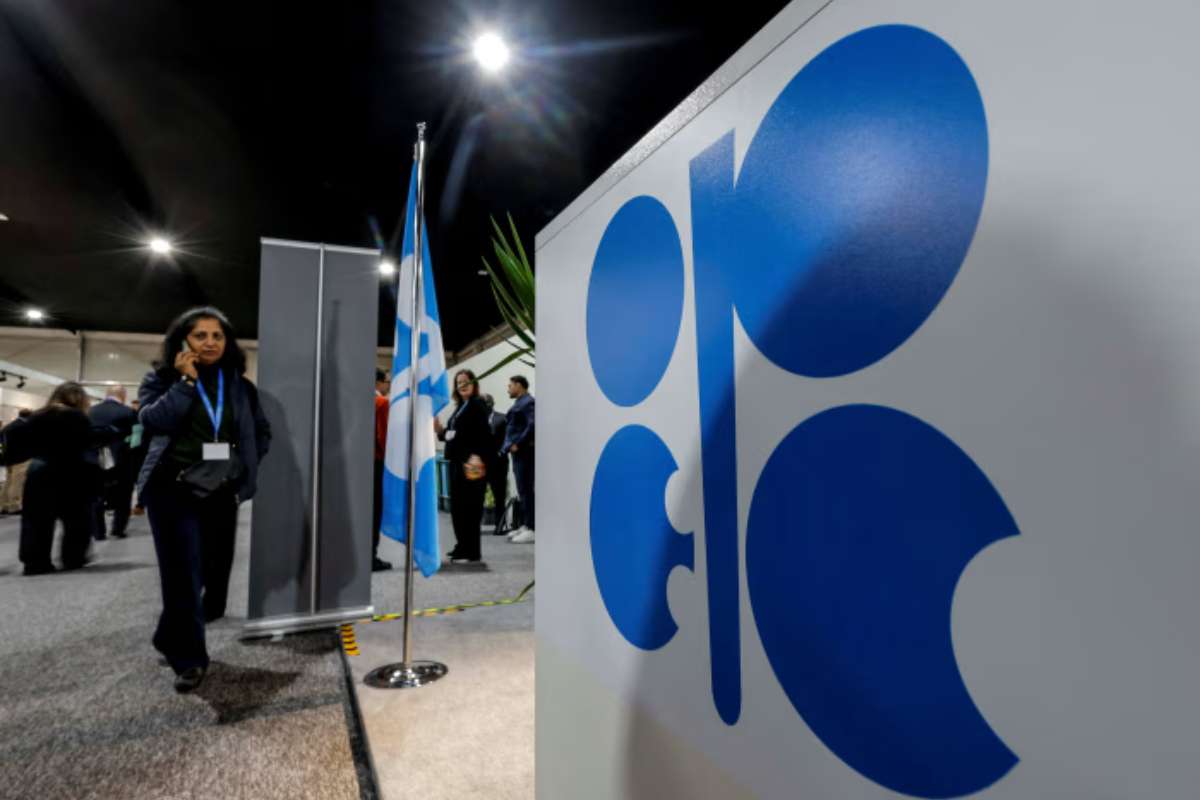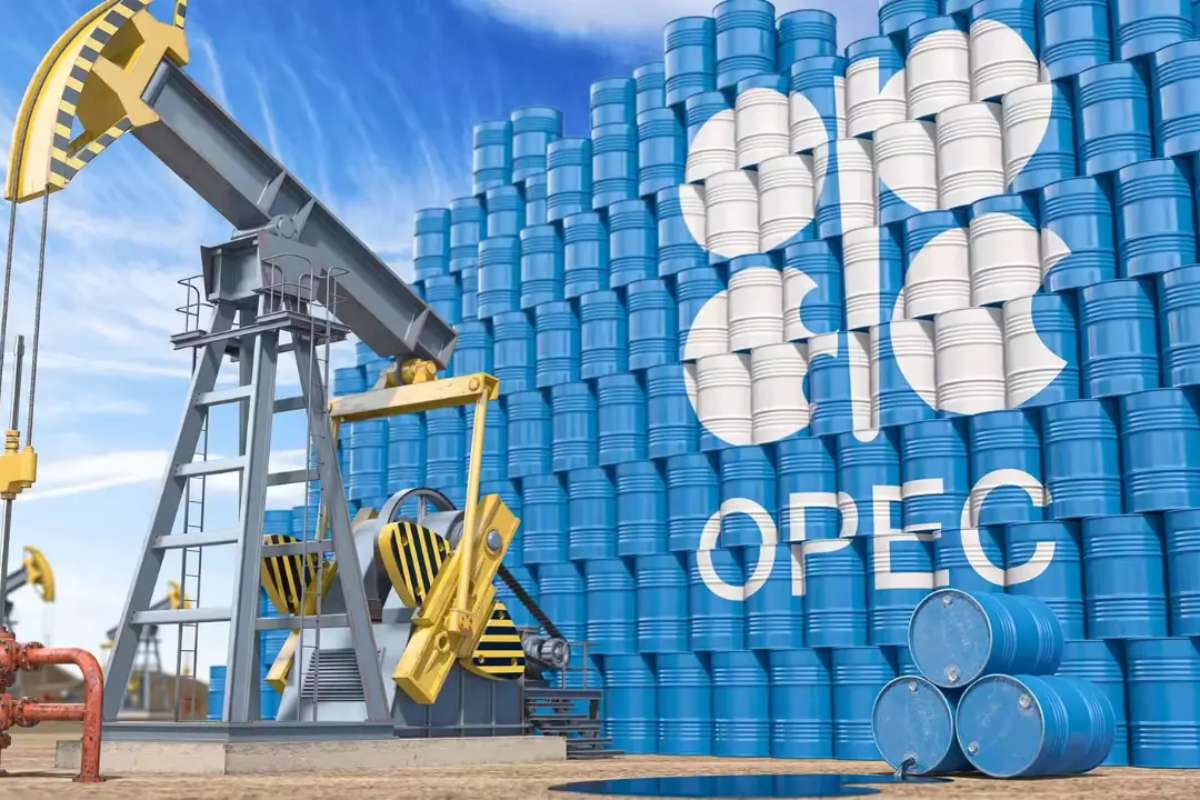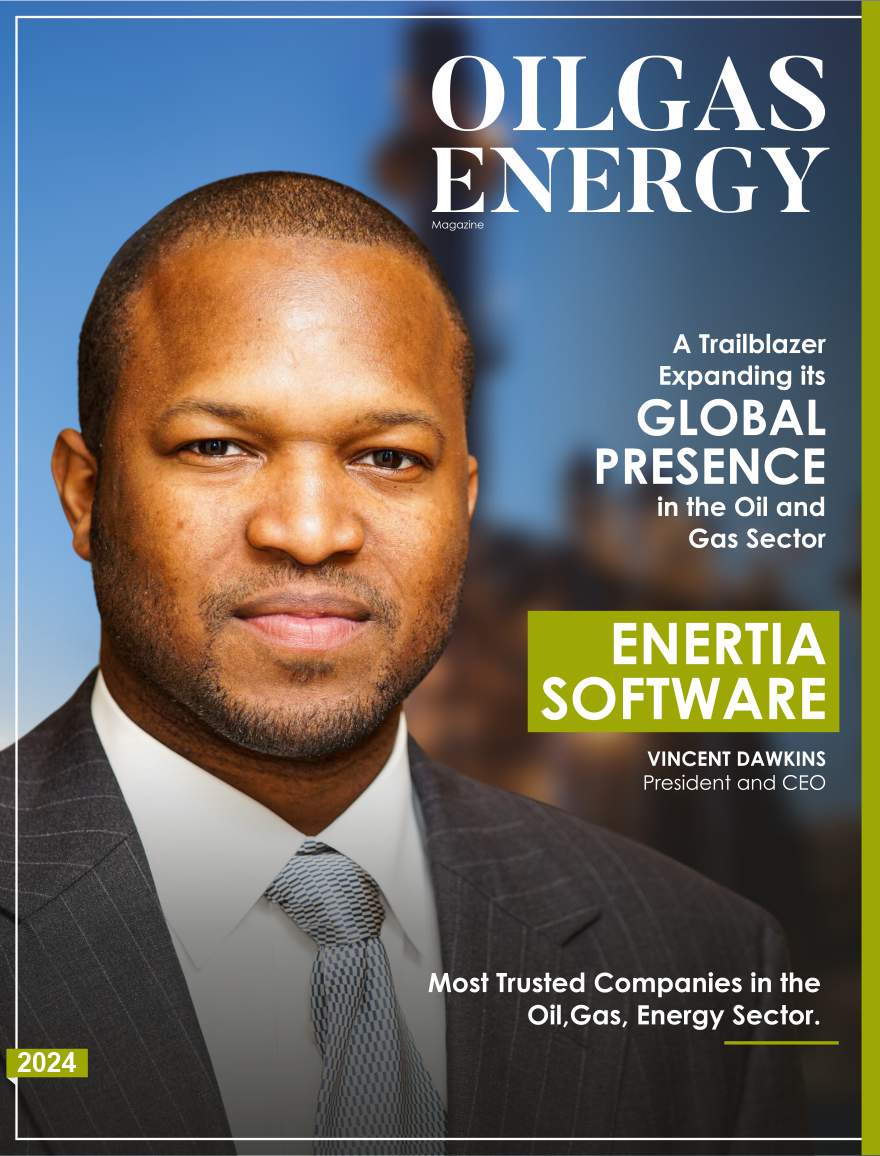Key Points:
- Google taps nuclear power for AI data centers in Tennessee and Alabama.
- Aims for 500 MW clean energy and carbon-free operations by 2030.
- Microsoft and Amazon also backing advanced nuclear to meet AI energy needs.
Google has finalized a landmark agreement with Kairos Power and the Tennessee Valley Authority (TVA) to provide 50 megawatts of nuclear-generated electricity to its data centers in Tennessee and Alabama. The deal is designed to meet the surging power requirements of artificial intelligence (AI) infrastructure while advancing the deployment of next-generation nuclear reactors in the United States.
Under the agreement, Kairos Power’s Hermes 2 reactor in Oak Ridge, Tennessee, will supply electricity through TVA’s grid, making TVA the first U.S. utility to purchase power from a Generation IV nuclear reactor. Google said the clean power will specifically support its data centers in Montgomery County, Tennessee, and Jackson County, Alabama.
“This next step creates a three-party solution where energy customers, utilities, and technology developers work together to advance new technologies that can help meet the world’s growing energy needs with reliable, affordable capacity,” Google stated in its announcement.
The Hermes 2 reactor is expected to increase its output from 28 megawatts to 50 megawatts by 2030, ultimately contributing to a broader partnership between Google and Kairos Power that aims to deliver 500 megawatts of advanced nuclear capacity by 2035.
Rising Energy Demands of Artificial Intelligence
The expansion of generative AI and large-scale cloud computing has dramatically increased demand for electricity. Data centers, often operating around the clock, require constant, reliable energy sources that are both scalable and sustainable.
According to a recent report from GridStrategies, U.S. electricity consumption is projected to rise by 15.8 percent by 2029, driven by rapid data center expansion, new manufacturing facilities, and electrification efforts nationwide. Nuclear power is being viewed as a viable long-term solution to meet these needs while reducing carbon emissions.
Google emphasized that the Hermes 2 plant will provide “locally sourced clean energy, every hour of every day,” strengthening the company’s ability to power AI operations sustainably. The deal reflects Google’s ongoing efforts to align its massive digital infrastructure with its climate commitments, including a pledge to operate on carbon-free energy by 2030.
Nuclear Power Gains Momentum Across Tech Sector
Google is not the only major technology company investing in nuclear energy. Microsoft signed a 20-year agreement with Constellation last year that could reopen the shuttered Unit 1 reactor at Pennsylvania’s Three Mile Island, while Amazon has struck three nuclear-focused partnerships with Energy Northwest, X-energy, and Dominion Energy.
These moves highlight a growing trend among technology giants to secure advanced nuclear power as a cornerstone of their long-term energy strategies. Advocates argue that small modular reactors (SMRs) and other advanced designs can provide stable, zero-emission energy in ways that complement renewable sources like solar and wind.
For Kairos Power, the Google partnership represents a major milestone in commercial deployment. The Hermes 2 reactor marks the company’s first U.S. project to deliver nuclear energy to a commercial utility grid. By 2035, the broader 500-megawatt plan could generate enough electricity to power approximately 350,000 homes.
As AI-driven energy needs continue to accelerate, nuclear technology is emerging as a critical piece of the U.S. energy puzzle, balancing environmental goals with the demands of digital infrastructure.
Visit Oil Gas Energy Magazine for the most recent information.

